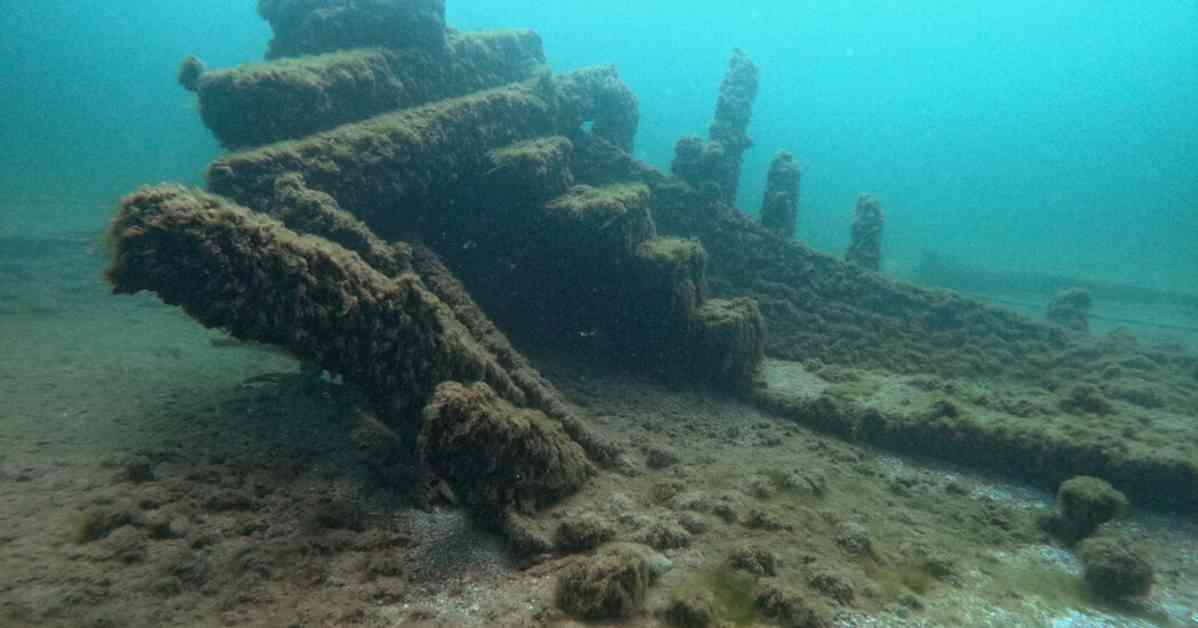In 1893, the Margaret A. Muir schooner faced a tragic fate as it sank during a fierce storm in Lake Michigan. Carrying a cargo of bulk salt, the ship was no match for the relentless 50-mile-an-hour winds and high waves that battered its decks. Despite the crew’s brave efforts, the ship eventually succumbed to the storm, leaving Captain David Clow and his crew of six to navigate a lifeboat to the safety of the Wisconsin shore, with only the captain’s loyal dog lost to the waters.
The loss of the Margaret A. Muir added to the long list of ships claimed by the treacherous waters of the Great Lakes in the 19th century. For over 130 years, the ship remained hidden beneath the surface, becoming a part of maritime history. However, in a remarkable discovery, a team of volunteer scientists from the Wisconsin Underwater Archeology Association located the wreckage of the Margaret A. Muir using sonar technology.
The ship was found just a few miles off the entrance to Algoma Harbor in Wisconsin, where it lay undisturbed for decades. The discovery of the Margaret A. Muir sheds light on the harsh realities faced by sailors and the dangers of navigating the Great Lakes during the 19th century. It serves as a poignant reminder of the lives lost at sea and the maritime heritage that lies beneath the surface of the water.
The Margaret A. Muir schooner’s unique stepped sternpost construction sets it apart from other shipwrecks in the area, making it a significant find for historians and marine archaeologists. The preservation of such underwater relics is crucial to understanding the maritime history of the region and honoring the memory of those who perished at sea.
As the Margaret A. Muir finally emerges from the depths of Lake Michigan, it offers a glimpse into the past and a chance to commemorate the lives affected by its tragic sinking. The efforts of organizations like the Wisconsin Underwater Archeology Association play a vital role in preserving our underwater heritage and ensuring that these stories are not lost to time.
The discovery of the Margaret A. Muir serves as a testament to the enduring legacy of the sailors who braved the waters of the Great Lakes, facing the unpredictable forces of nature with courage and determination. It is a reminder of the risks and challenges of maritime travel, as well as the resilience of the human spirit in the face of adversity.




